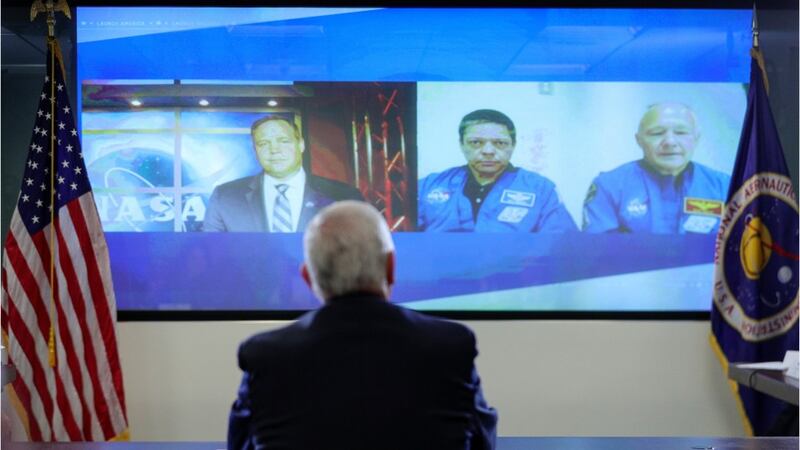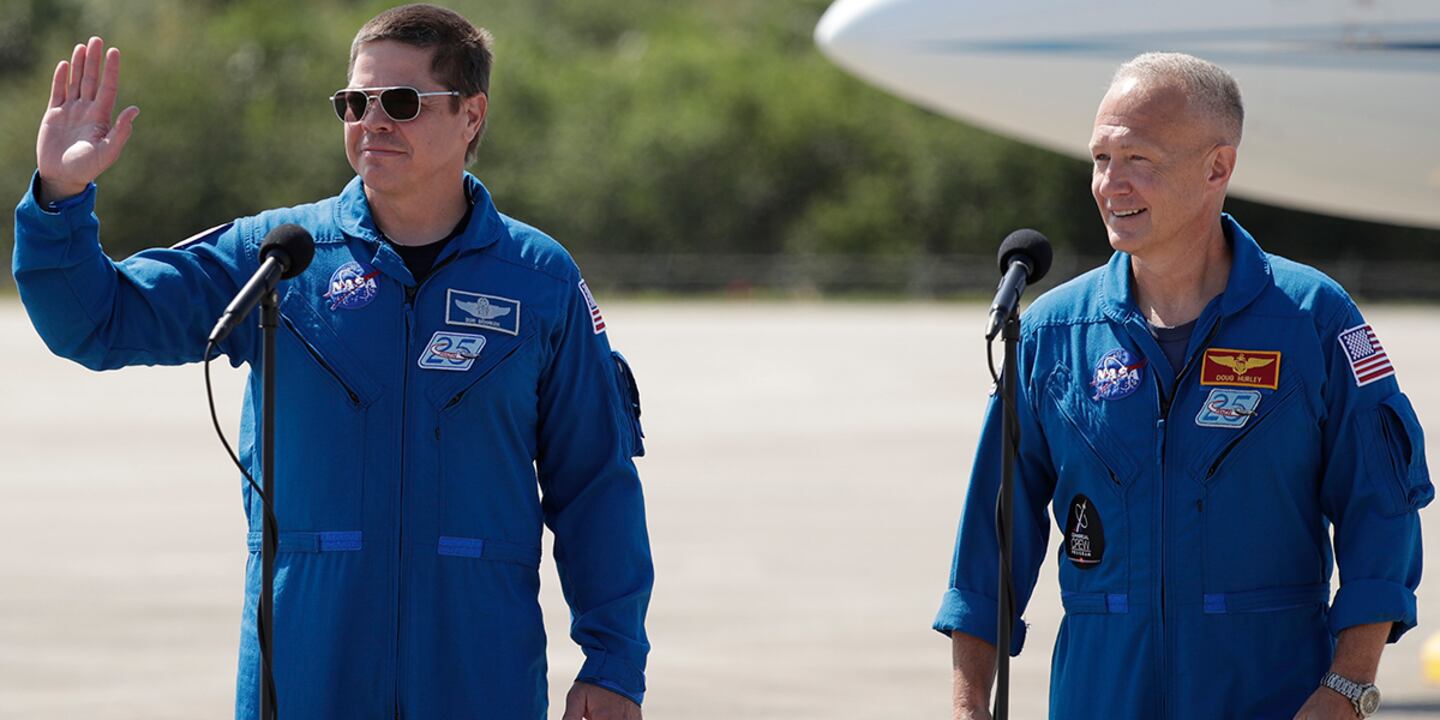CAPE CANAVERAL, Fla. — SpaceX and NASA are gearing up for a historic flight to the International Space Station from the Kennedy Space Center.
It will be the first manned launch to the space station from the U.S. since the retirement of the shuttle program.
Together with @SpaceX, we will return human spaceflight to American soil after nearly a decade. May 27 is not only a big day for our teams – it’s a big day for our country.
— NASA (@NASA) May 9, 2020
What does our @Commercial_Crew launch mean to YOU? Share using #LaunchAmerica: https://t.co/6jl1K8JXPI pic.twitter.com/VCNzlRzHYC
Here are nine facts to know about the launch:
1. Space Shuttle Atlantis was the last manned launch from the U.S. since 2011. The spacecraft has been on display at the Kennedy Space Center Visitor Complex since 2012.
2. The SpaceX Falcon 9 rocket will launch from Launch Complex 39A at Cape Canaveral, the same launch pad used to send Apollo astronauts to the moon.
3. Due to concerns over the coronavirus pandemic, NASA officials have asked people not to gather at Florida’s Space Coast in large groups to view the launch in person.
4. This launch will be the final test for SpaceX as part of NASA’s Commercial Crew Program, which started in 2010 and uses government funding to support private companies and manned launches.
5. NASA veterans and former space shuttle astronauts Col. Doug Hurley and Col. Bob Behnken will be the first to fly in SpaceX’s Crew Dragon spacecraft.
6. After successfully docking with the space station, Behnken and Hurley will become members of the Expedition 63 crew, along with astronaut Capt. Chris Cassidy, and will remain onboard the International Space Station for two to three months.
7. SpaceX’s Crew Dragon spacecraft is capable of staying in orbit for at least 210 days, which is a NASA requirement.
8. After leaving the space station, the Crew Dragon will splashdown just off Florida’s coast and the crew will be picked up at sea by SpaceX’s Go Navigator recovery vessel before returning to Cape Canaveral.
9. NASA states the agency is using this partnership with SpaceX and other companies to focus on the mission to the space station so that it can spend more resources on the Artemis program, which aims to send the first woman and the next man to the lunar surface in 2024. It is planning future missions to Mars.
✅ Crew Quarters Walkout
— NASA Commercial Crew (@Commercial_Crew) May 30, 2020
These doors are where the Apollo and Shuttle astronauts walked out of prior to their missions. Now, astronauts @AstroBehnken and @Astro_Doug just made their way out of the iconic doors.
Tune in: https://t.co/YeWrpz41EN https://t.co/bE2Z597hvo
© 2020 Cox Media Group









